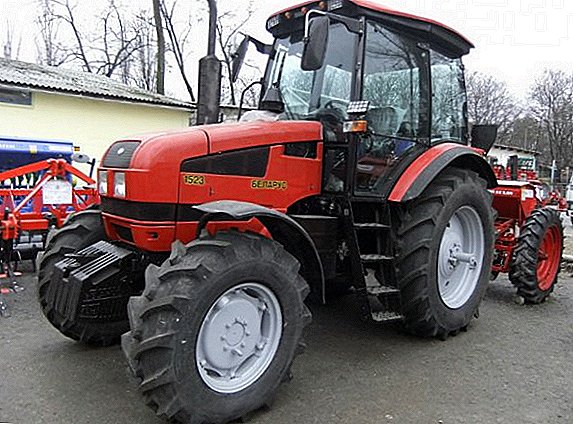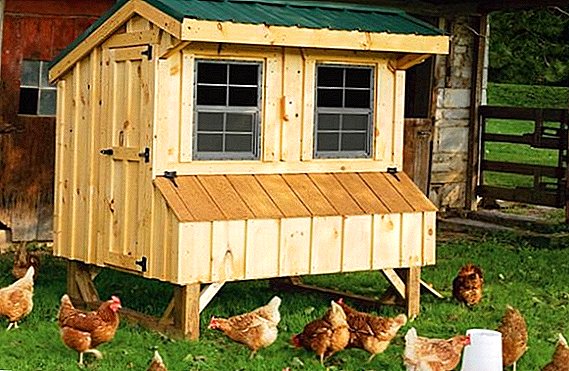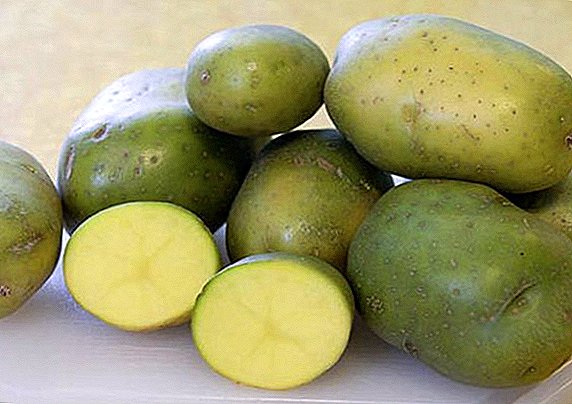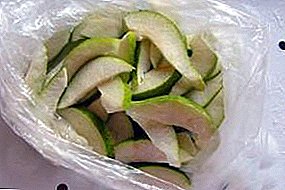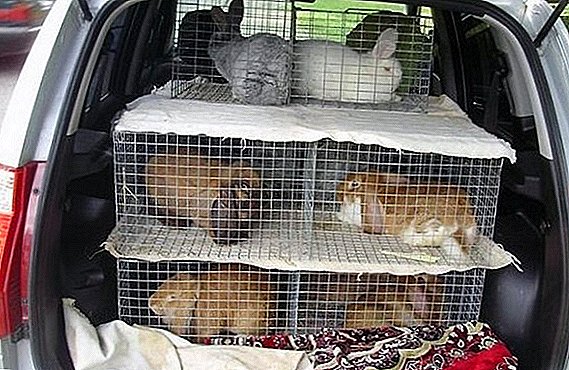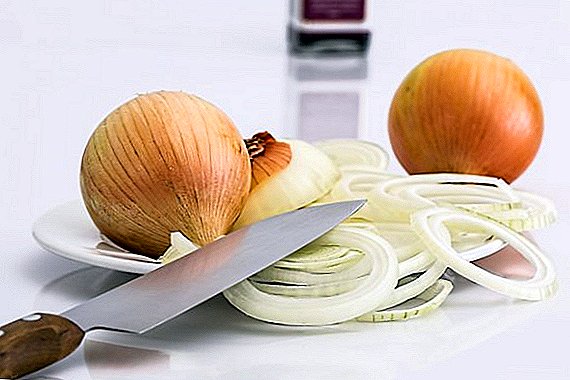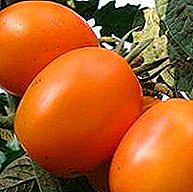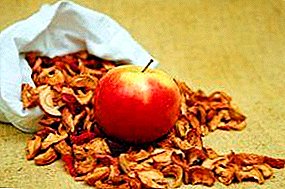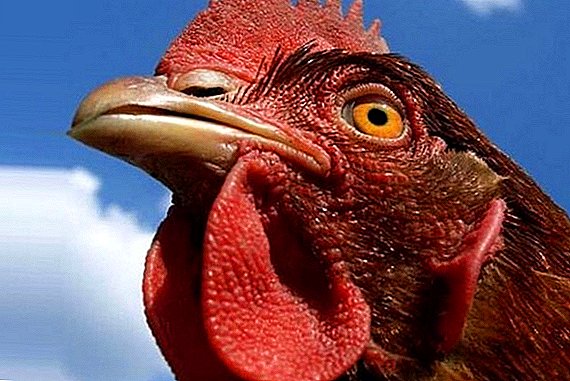 Eye disease in laying hens is a frequent phenomenon, and knowing the symptoms or causes of the disease, you can provide timely assistance to the birds. The owner of the birds should be as attentive as possible to the hens, to their health. Timely treatment of a sick bird will save a whole population from infection, because in the conditions of a close chicken coop it is inevitable.
Eye disease in laying hens is a frequent phenomenon, and knowing the symptoms or causes of the disease, you can provide timely assistance to the birds. The owner of the birds should be as attentive as possible to the hens, to their health. Timely treatment of a sick bird will save a whole population from infection, because in the conditions of a close chicken coop it is inevitable.
In this article we consider the most common eye diseases in chickens, their symptoms and certain actions for the necessary treatment.
Ammonia blindness
Ammonia blindness may occur in chickens of one to two months of age. The cause of the disease is the increased content of ammonia vapors in the air.
The concentration of ammonia vapor in the house can be exceeded for several reasons:
- absence or non-compliance with the norms of the ventilation system;
- long presence of birds near droppings;
- irregular and poor-quality cleaning in the room for birds;
- lack of house disinfection.

Ammonia blindness manifests itself in the form:
- eye mucosa is inflamed;
- discharge of mucus from the nose;
- watery eyes.
This disease is very insidious, because it gives a complication not only to the visual organ, but also to the health and development of the chicken as a whole. The nestling affected by this disease quickly loses the ability to see, develops incorrectly, lags behind in growth, slowly gains weight, becomes sluggish and indifferent.
In order to rid chickens of ammonia blindness, you should:
- review their diet by adding foods with a high content of vitamin A;
Find out what should be the diet of chickens.
- make general cleaning with the use of disinfectants of the room, which contains birds, without neglecting their feeders and perches.
- polluted birds from faeces using warm water and soft tissue;
- inflamed eyes, rinse with tea or chamomile tea twice a day for a week.
Did you know? The chicken, in comparison with the person, has more color sight, it distinguishes a violet spectrum which is not subject to us. A person can distinguish about a million shades of flowers, chicken - more than a hundred million.
Hemophillosis
Very often hemophilia in chickens carries the same manifestations as the common cold. Novice poultry farmers, due to their inexperience, do not attach due importance to the harmless coryza, which can lead to the death of a whole livestock. If the epidemic is not stopped in time, no more than 30% of chickens will survive. 
Hemophilosis is an infectious disease, its causative agent is Hemophilus gallinarum bacillus, which can be in water (7 months), in the soil or in chicken feces (12 months).
Infection of birds occurs:
- from one individual to another;
- bring illness from the outside world;
- pecking wounds;
- no-time litter, drinkers, feeders, perches can also be a source of disease;
It will be useful for you to find out if you need fermentation bedding for chickens, how to make your own drinkers and feeders for chickens, how to make a roost.
- unbalanced nutrition of poultry, lack of vitamin A.
Hemophilosis is manifested in the following symptoms:
- nonstop tearing and sneezing;
- discharge of clear watery mucus from the nose;
- difficulty breathing due to the formation of crusts on the nose, wheezing;
- untidiness appears in the neck and wings, due to constantly emitting mucus;
- eyelids in a bird stick together due to purulent discharges;
- loss of appetite and, as a result, a gradual exhaustion of the bird;
- decrease in egg production or its complete loss;
- the comb loses color and shrivels, the bird's skin turns yellow;
- the hypodermic puffiness of the cervical region, the jaws, the head of the chicken begins to resemble the head of an owl.

Hemophilosis can only be defeated with antibiotics prescribed by a veterinarian. The antibiotic is injected into the bird, in some cases it is added to water. Nasal passages are cleaned of newly formed crusts, eyes - from pus with a solution of tetracycline.
Important! With the rapid spread of the epidemic, the infected bird is subject to slaughter, and the healthy one is placed in quarantine, the house is subjected to disinfection.
Infectious diseases
There are cases when eye inflammation in chickens is a concomitant symptom, that is, it is not an independent symptom, there are many such diseases and it is difficult to make an accurate diagnosis.
Sinusitis
A disease in which the respiratory mucosa is inflamed, caused by the simplest microorganisms and infects chickens of one month of age.
With sinusitis, the following symptoms are observed:
- sneezing;
- mucus from the eyes and nose;
- conjunctivitis;
- keratitis;
- eyeball atrophy;
- convulsions;
- involuntary jerking of the head;
- increase in growth is not observed;
- lack of appetite, which leads to exhaustion;
- feathers in the head are glued, look sloppy.

Sinusitis can manifest itself as well as with other diseases, and if it is not cured, you can lose up to 70% of the bird population. The diseased bird is isolated and treated with antibiotics.
In 1903, a resident of America, Andrew Jacksan, was registered a patent for the manufacture of chicken glasses. This invention was put into production and was a success in America.
Chicken Typhus
Acute infectious disease that affects the hens of 5-9 months of age. This disease is a warm period of the year, and the pathogens are the Salmonella bacteria Gallinarum. Infection occurs through the digestive tract of the bird and spreads everywhere with the help of people and animals, reaching an unprecedented spread.
See also the main diseases of chickens. Find out what the laying hens suffer in winter, what leg diseases the chickens suffer, how to treat coccidiosis in chickens, worms, diarrhea, why chickens fall on their feet.
Symptoms of the disease:
- eye damage;
- the bird's comb becomes bluish in color;
- reduction in egg production, the appearance of eggs with fragile, thinned and deformed shells, and sometimes without shells;
- the weakness of the bird, which manifests itself through the apathy and drowsiness of the chicken;
- no appetite;
- feces in the form of diarrhea with mucus.

Typhoid fever - a disease that can be cured with timely treatment to the veterinarian and starting treatment with antibiotics. If you let the disease spontaneously, then you can lose up to 25% of the population.
Salmonellosis
One of the hardest diseases among the hens, often with a fatal outcome. A person who has become acquainted with salmonellosis gets severe food poisoning.
The source of salmonella are chickens that have been ill and survived, but the causative agent of the disease has been transmitted through their eggs for another two and a half years.
The causative agent of salmonellosis is very stable and can wait for a long enough time for favorable conditions for it to occur:
- chicken feces - up to two years;
- frozen bird carcasses - up to three years;
- on the surface of the walls and floor of the house - up to six months;
- in the soil - up to 4 months.

Treatment of hens is made for 10 days with preparations containing antibiotics.
Colibacteriosis
Quite a common disease among hens, which can act as a major disease, and concomitant.
In the production of chicken feed try to solve the problem of this disease, including in it the necessary antibiotic, but there is one thing ... colibacteria adapt to the action of the antibiotic and the drug must be changed. 
Chlamydia
A rare disease for the chicken brethren, but it is possible, this applies to those households where ducks are kept with chickens. The diseased duck defecates, and the pathogens, chlamydia, are contained in feces.
When the faeces dry up, the carriers of the disease along with the dust, through the air, get into the respiratory tract of a healthy bird. Chlamydia - disease, which can occur (mortality 10-30%), and may be asymptomatic (mortality is about 5%).
To identify this disease, the following signs are decisive:
- stuck eyelids;
- convulsions;
- difficult, hoarse breathing;
- outbreaks of aggression, cannibalism.

Chlamydia is a disease that is dangerous to humans, therefore, when making this diagnosis in birds, they are not treated, they are to be destroyed, and in poultry houses they carry out a hard sanitary treatment, in which they pay special attention to chicken manure.
Infectious bronchitis
A disease that affects the respiratory system and the ability to reproduce in layers. This disease affects chickens, regardless of age and chickens that have had infectious bronchitis, themselves become the source of the disease for four months.
The disease can occur at any time of the year, the source can be any object - inventory, human shoes, bedding.
Symptoms of the disease can serve the following indicators:
- bird sleepiness;
- shortness of breath, which is accompanied by wheezing and coughing;
- manifestations of rhinitis and conjunctivitis in severe form;
- growth in chickens slows down; laying hens no longer carry eggs;
- kidney damage in poultry.

If one or more symptoms are detected, an urgent need to contact a specialist who correctly selects the treatment regimen and the necessary preparations.
Laryngotracheitis
Disease of the summer and autumn period with an incubation period of 3 to 12 days. The disease can be both acute and hyperacute.
In acute form:
- rhinitis;
- apathy;
- problems with appetite;
- breathing is difficult, accompanied by whistling and wheezing;
- hacking, coughing and sneezing;
- larynx swells, appear cheesy discharge;
- conjunctivitis in an extremely difficult stage, most chickens remain blind.

The ultra-acute form of laryngotracheitis can affect all the hens in one day, it can be identified by the following features:
- difficulty breathing, accompanied by attacks of choking, wheezing;
- head mothing;
- coughing up with bloody discharge;
- on the mucous membrane of the larynx - cheesy discharge;
- complete loss of egg production.
Laryngotracheitis is considered an incurable disease, but there have been cases of successful cure, but this concerns only adult individuals. If the disease affects 2-3 months old chicks, then the treatment is useless, since the weak urogenital system is affected.
Conjunctivitis
Conjunctivitis is the process by which the mucous membrane of the eyes becomes inflamed. The reason may be trauma in birds or the presence of an infectious disease. 
When conjunctivitis observed the following symptoms:
- redness;
- watery eyes;
- the appearance of edema;
- appearance of discharge.
The disease can occur both in the acute form (with the manifestation of all symptoms) and in the chronic (the signs are almost imperceptible). With a long course of the disease without treatment, bubbles appear on the surface of the third century.
Important! In infectious viral conjunctivitis, serous discharge from the eyes is observed, and purulent discharge suggests the bacterial nature of the disease.
Treatment of conjunctivitis depends largely on when the disease was detected, in what phase it is. In the initial stage, it is enough to wash the eyes with chamomile or strong tea infusion and balance the nutrition of the bird. In advanced conditions, antibiotics are indispensable.
Xerophthalmia
Disease caused by a lack of vitamin A in the body. 
The manifestation of the disease are:
- dry cornea;
- eyes swell up;
- tear glands stop working.
Treatment of xerophthalmia is quite simple - to enrich the food of chickens with vitamin A.
Marek
Marek's disease is a viral disease that often affects the hens, it affects the nervous system of birds and organs of vision.
The distinctive symptom of this disease is constriction of the pupil.
Treatment of Marek's disease is not performed, the sick bird must be destroyed. Vaccination of chicks on the first day of life can serve as a preventive measure for the disease; the adult bird does not vaccinate. 
Mechanical injury or loss of a century
Mechanical injuries in chickens appear for various reasons - whether it be a fight in a hen house, an unsuccessful jump from a roost, an accidental collision with an object.
In case of injury, the main task is to prevent the inflammatory process. If a foreign object remains in the wound - it is pulled out with tweezers, and the wound is washed with chlorhexidine or eye drops enriched with vitamin A.
Mycoplasmosis
Mycoplasmosis is a complication caused by a cold, affecting the entire population regardless of age.
The following symptoms are noted:
- redness and inflammation of the eyes;
- runny nose;
- labored breathing.

The treatment is prescribed by a specialist who will accurately determine the course of the disease and correctly select an antibiotic for effective treatment. Under favorable conditions, the course of treatment will not take more than five days, with unfavorable conditions - the hens are slaughtered.
Tumors
The nature of the tumor in chickens is still unknown, the causes of occurrence are different: dampness in the room, drafts or the accompanying symptom of an infectious disease.
When a tumor is observed:
- the affected eye becomes inflamed and watery;
- vision deteriorates;
- the skin around the eye becomes thinner.
If the swelling has not reached the frightening size - try to adjust the food, including products containing vitamins A and D. It is not uncommon when swelling is a sign of a lack of these elements in the body. 
Surgical intervention is necessary in cases where the tumor is an independent disease. After the operation, the chicken is treated with silver nitrate and then washed with a solution of boric acid. The timing and amount of processing sets the veterinarian.
Panophthalmitis
Panophthalmitis is a conjunctivitis that at some point is reborn into another disease.
Its symptoms are:
- the iris becomes cloudy, with a bluish tinge;
- the cornea collapses;
- appearance of bleeding.
If the bird is not treated, it will become blind. The veterinarian will prescribe a complex treatment, in which a number of anti-inflammatory, absorbing agents are used, antibiotics are prescribed and eyes are washed with special solutions. 
The reasons for which the eyes of chickens are inflamed are a great many, but to prevent many diseases, several rules must be observed:
1. Timely cleaning in the house with the use of disinfectants.
2. Balanced nutrition of poultry. Products such as greens, carrots, fish oil and egg yolks for young should be included in the diet of chickens.
3. Separate housing of adult poultry and chickens.


